Matt Fitzpatrick Helped Me Play Better Golf With These 6 Insightful Strategy Tips
Amateur golfers rarely get chance to peak inside the mind of a Major Champion, but in this article and video, Matt Fitzpatrick shares his winning strategy...
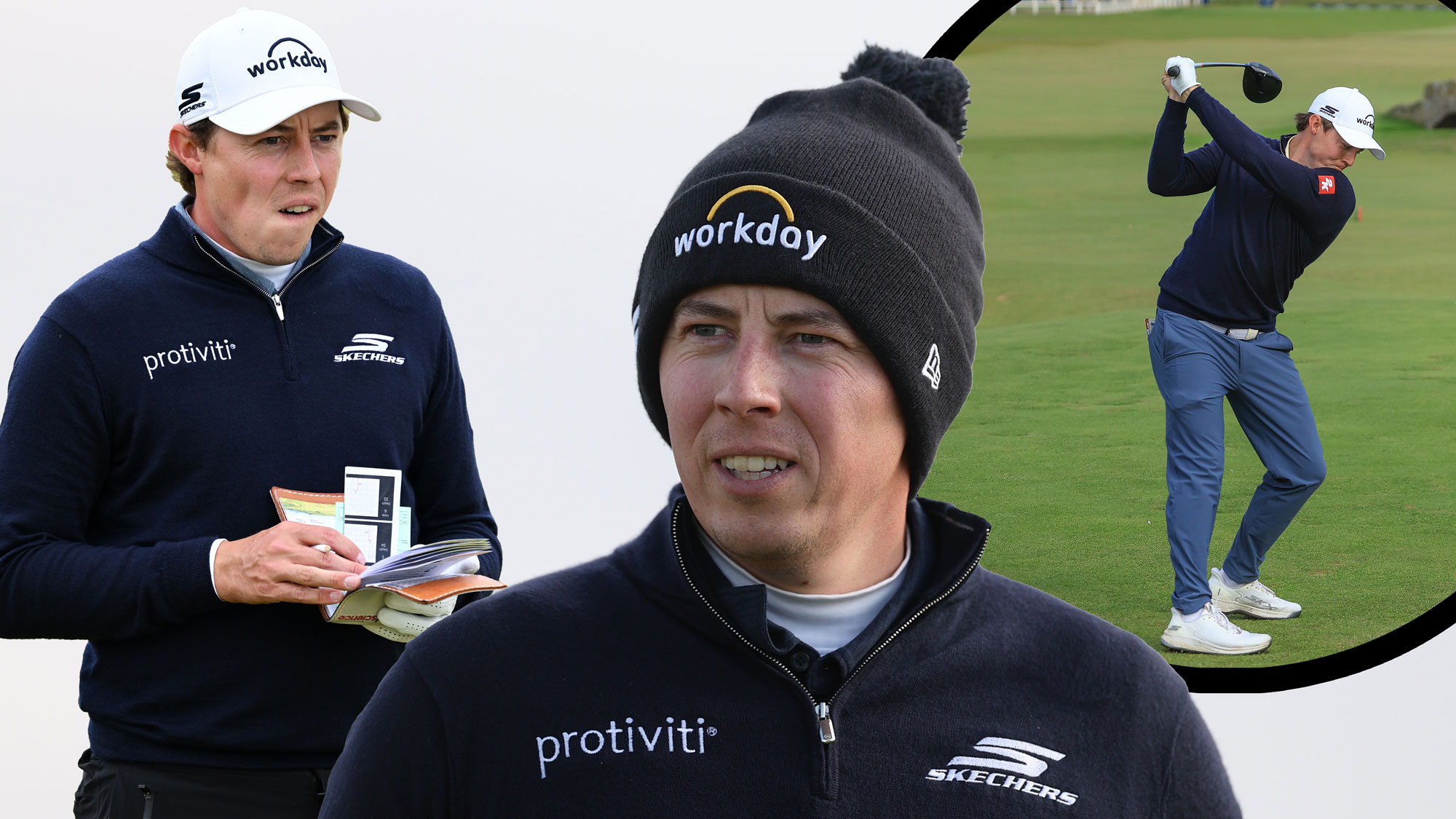
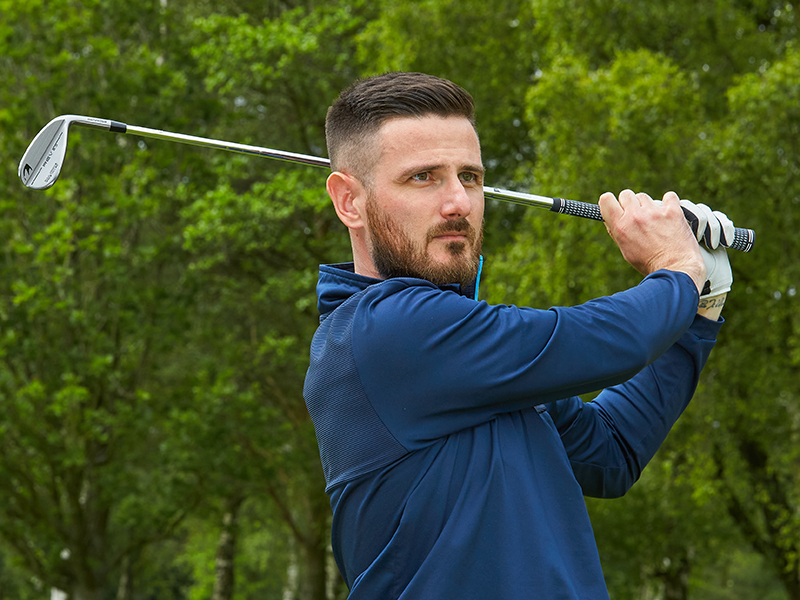
Joe Ferguson
Many amateur golfers spend the majority of their practice sessions and time on the course fixated with how far they hit their driver or trying to sharpen up their short game... meaning strategy is often overlooked.
The importance of spending time evaluating the hole you are about to play, creating a plan to navigate it effectively and executing your intention is often lost on the average golfer, but it really should be higher on their priority list.
In this video and article, 2022 US Open Champion Matt Fitzpatrick shares his on-course strategy tips - providing an interesting look at the mindset of a Major Champion. Take note... this information will help you to play better golf!
Matt Fitzpatrick Golf Strategy: 6 Tips From A Major Winner
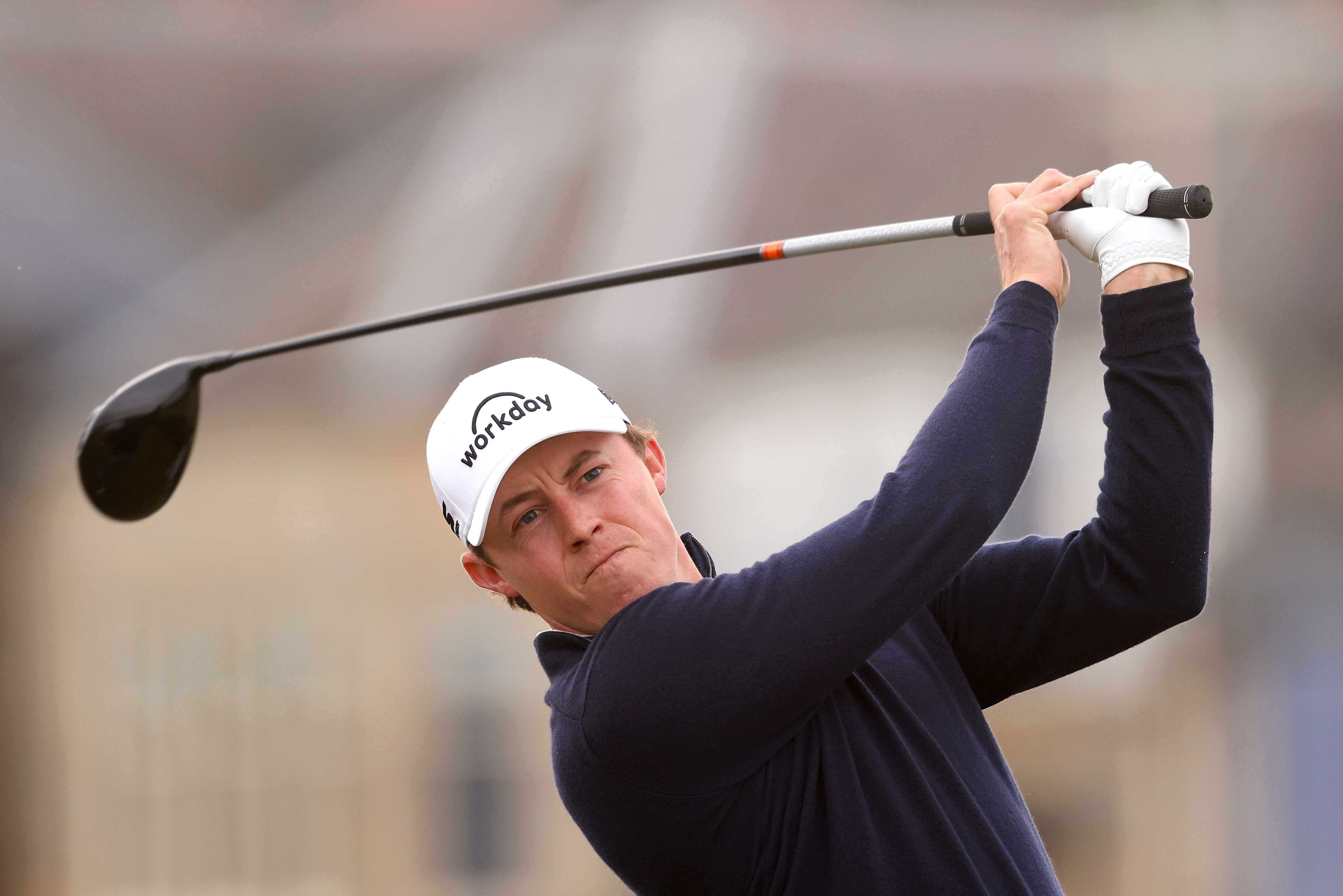
Matt Fitzpatrick is one of the best British golfers on the planet and a Major Winner courtesy of his 2022 US Open victory. He also has another PGA Tour victory at the RBC Heritage and a further eight DP World Tour wins.
1. Preparation
When strategising on the tee box, one of the first things that Matt Fitzpatrick does is perform an overall assessment of the hole. As you can see in the video, this particular test has a number of less than ideal spots to avoid, but Matt creates a stellar plan to navigate his way around them.
"This hole is pretty straightforward, I think you (Joe) told me the bunkers are around 315 yards, so I won't be getting there today. We (my caddie and I) would look at this hole and think, where do we want to hit it? The bunkers are obviously trouble here, so we don't want to run it out at that, so we'd keep it short of that".
The planning doesn't all happen on the course however, as Matt and his caddie would be working throughout the week to ensure they are as prepared as possible to face the course come the first round of competition play. When caddie-for-the-day Joe Ferguson asked if the plan is fixed, or a little more flexible, Matt replied:
Get the Golf Monthly Newsletter
Subscribe to the Golf Monthly newsletter to stay up to date with all the latest tour news, equipment news, reviews, head-to-heads and buyer’s guides from our team of experienced experts.
"Obviously, we have a flexible plan. I think you've always got to stay that way, but we make our plan on a Monday, Tuesday and Wednesday - particularly if it's a golf course we haven't seen before. We would go through the holes as we play them during practice rounds and decide on what we are going to do.
"Is it hybrid here, or 4-iron, or driver? Do we take out the bunker or not? There is a lot that goes into it. We would decide on what we do the night before, but obviously from then it would depend on the tournament situation as to whether we change it or not".
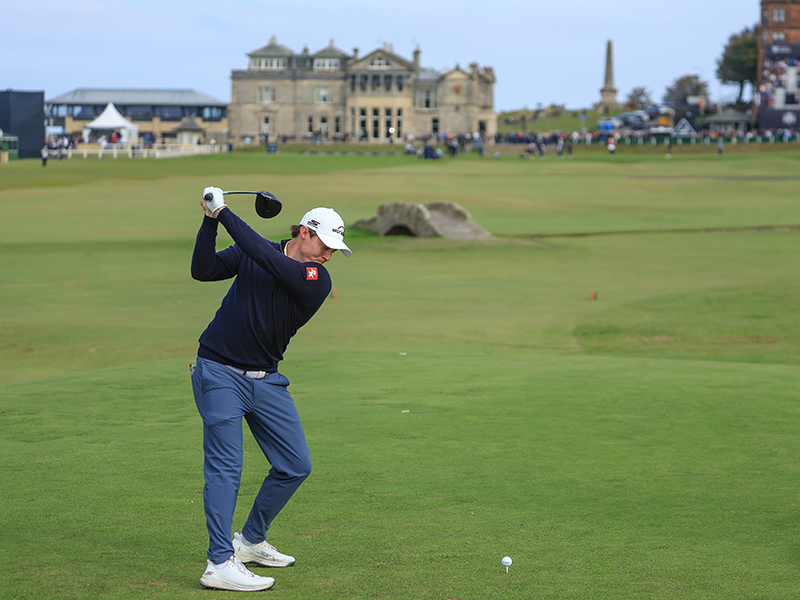
Being flexible with your plan is encouraged, but be sure to have a strategy you feel comfortable with heading into your next round...
2. Stock Shots
Plenty of amateur golfers will have a stock shot without really knowing it, depending on which way they naturally shape their golf shots. For some, and often with higher-handicap golfers, that shape might be more pronounced, but understanding your flights and trajectories will help you to strategise on the tee box. When asked about his stock shot, Matt replied:
"I hit a stock draw off the tee, that's what I'll do regardless. Occasionally, if the hole forces a shape, then obviously I will have to do that, which is something I am happy doing but it's easier to stick with a stock shot".
3. Keep A Record
If you are someone who plays the same golf course regularly, perhaps as a club member, keeping a record of your performance on each hole could help you to better understand your game and avoid costly mistakes.
Matt Fitzpatrick is one of the games great analysts, keeping detailed notes of his performance in a range of areas during the round.
"(I keep notes on) a bit of everything, like what my target is, what club I hit, where the wind is, how the ball is lying above or below my feet, where the pin is... all sorts of things."
When asked why he makes those notes specifically, Matt replied:
"It could be what it does to the yardage, or sometimes there is a common theme like losing strokes with your 7-iron but every shot where you have lost strokes the ball has been below your feet. Right, ok, so I need to practice with the ball below my feet. If you think about when you are playing golf, and the ground we are walking on now, how many golf shots do you hit where it's perfectly flat every time? The answer is probably 10 percent, so why are you practicing on lies that are flat all the time."
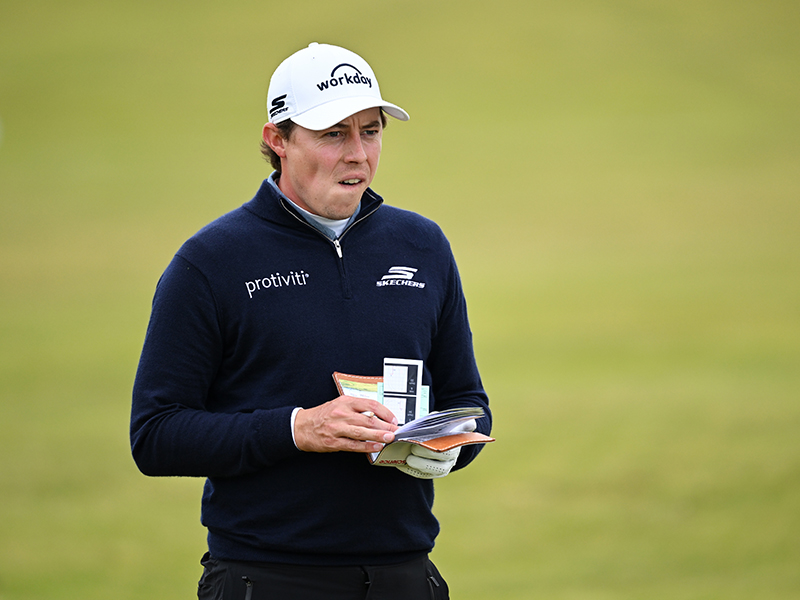
Using all the information given to you, and taking in all data on the course, will help you to make a more informed decision about your next shot
4. What Information Do You Need?
When you arrive at your golf ball after hitting a great tee shot, the worst thing you can do is to reach straight for a club and proceed to hastily hit it towards the general direction of the flag. Instead, take a moment to take on board some data and as a result, make an informed decision.
"The first thing is to get the yardage for the front (of the green) and a yardage to the pin. From there, look at your book. Tour books have a lot of detail about the greens, like whether their is slope short or long, bunkers left or right and hazards or whatever it may be. Once you look at that, you know that in this instance we have 188-yards, we know it's releasing six yards so we want to land it 182 (yards). We might have 5-yards of down wind, so all of a sudden it's 177 (yards). Maybe it's a bit warmer or colder, in this case it's cooler so its probably back to playing around 180 (yards), so then you work out - what is your 180-club? For me, it's a 7-iron".
5. Assessing The Lie
It's important not to treat every shot from a certain distance exactly the same, as often the lie will have an impact on the flight and distance of a particular shot. So, what advice does Matt Fitzpatrick have when assessing the lie?
"In this case, the ball is in the semi (rough), which makes a negligible difference. If the ball is in the rough, you are thinking something that might be a bit heavier so take more club. You might also have a 'flyer', out of drier rough, so you also have to think about that.

There are certain areas where you just can't miss it on certain holes, so identify the safe areas before teeing off
6. The 'Cant-Miss' Zones Around The Green
To certain greens, there are sometimes 'cant-miss' zones where it would be extremely difficult to save par... or if particularly bad - your score. Factoring this into your strategy will help to avoid big numbers, and costly penalty shots, so it's a worthwhile exercise to heed Matt's advice...
"If there is a water hazard right of the green, you aim further left away from the pin. If there is a bunker, but it's an easy up-and-down, then you could play a little more aggressively. You've done your homework in the practice rounds, so you can then take that into account".
The Golf Monthly tips section is a treasure trove of excellent expert tips, from top tour professionals, giving you the best chance to play your best golf. Why not check out some of our top selections...
- 5 Timeless Lessons From Jack Nicklaus
- Patrick Reed Short Game School
- Denny McCarthy: 5 Putting Tips From The Best Putter On The PGA Tour
- Collin Morikawa's Top Tips To Becoming A Better Golfer
- Bunker Play The Lowry Way

Barry joined Golf Monthly in January 2024, and now leads the instruction section across all platforms including print and digital. Working closely with Golf Monthly's Top 50 Coaches, he aims to curate and share useful tips on every aspect of the game - helping amateurs of all abilities to play better golf. A member at Sand Moor Golf Club in Leeds, he looks forward to getting out on the course at least once a week in the pursuit of a respectable handicap.
Barry is currently playing:
Driver: Benross Delta XT Driver
Hybrid: TaylorMade Stealth 4 Hybrid
Irons: Benross Delta XT 5-PW
Wedges: TaylorMade RAC 60, Callaway Jaws MD5 54
Putter: TaylorMade Spider Tour
- Joe FergusonStaff Writer
-
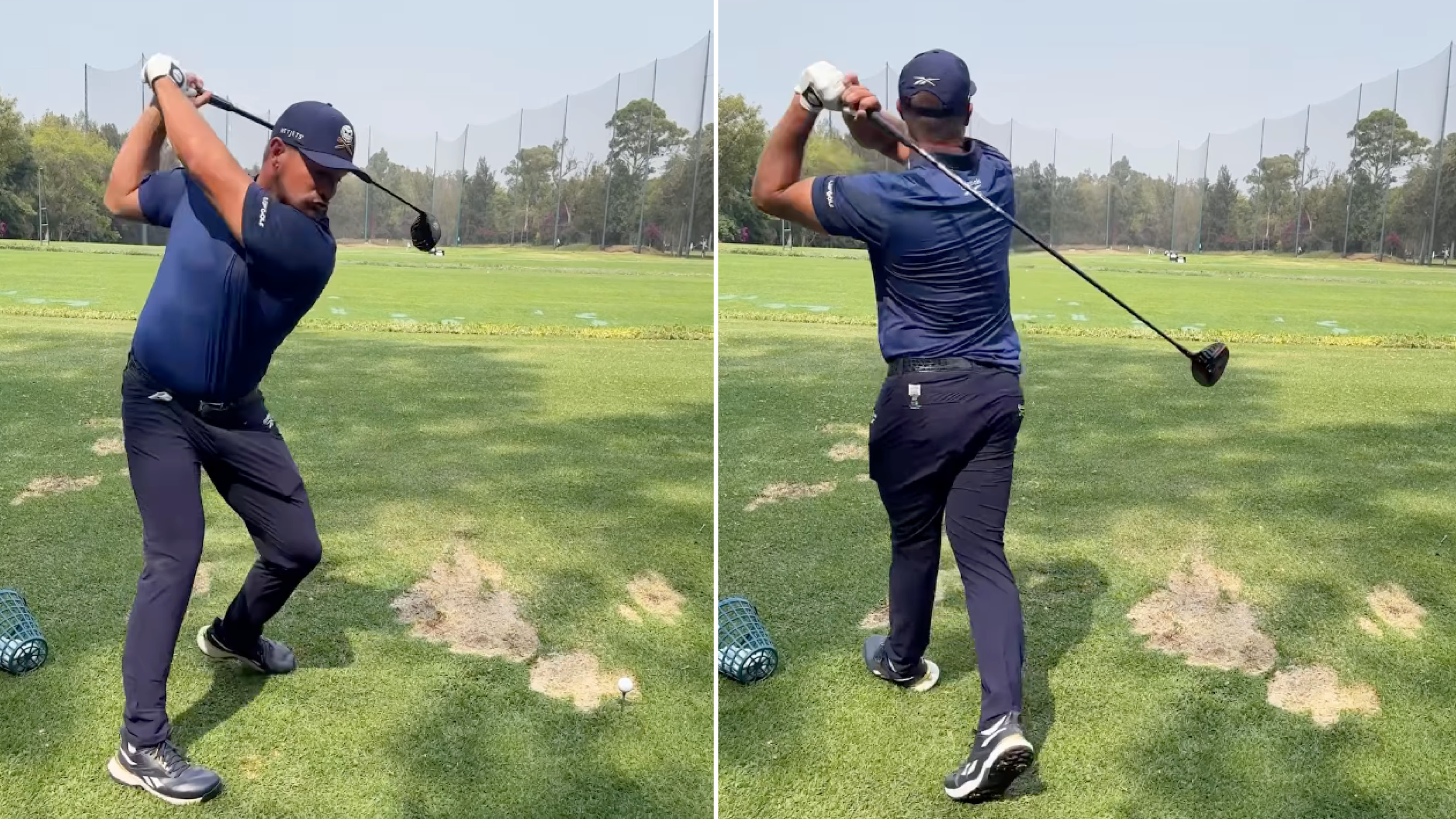 Watch Bryson DeChambeau Smash 400+ Yard Monster Drive In LIV Golf Mexico Practice
Watch Bryson DeChambeau Smash 400+ Yard Monster Drive In LIV Golf Mexico PracticeDeChambeau is hitting mega drives this week in the 7,800ft altitude setting of Golf Club de Chapultepec in Mexico City
By Elliott Heath
-
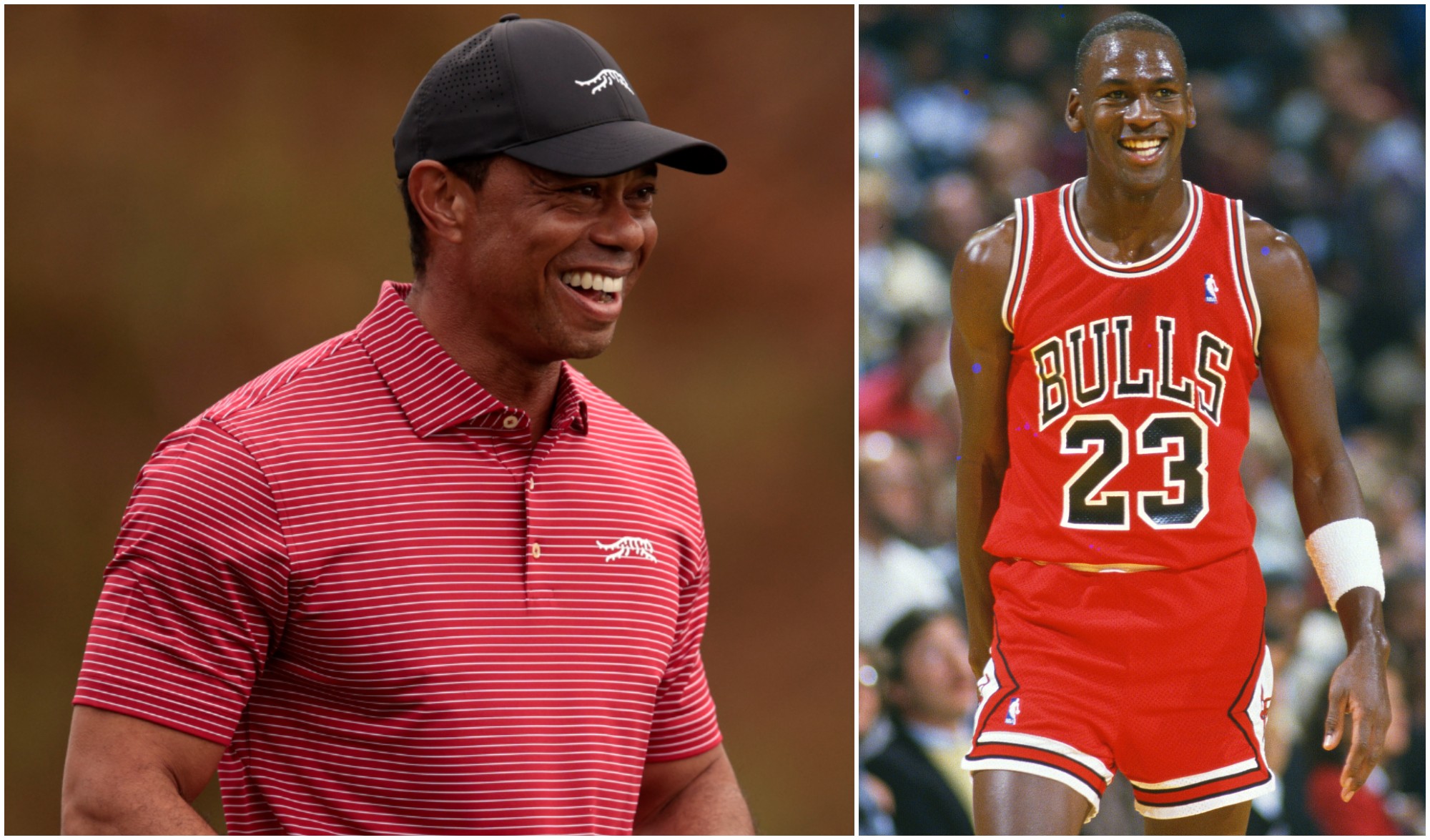 Tiger Woods Heads 8 Golfers To Make All Time Rich List Of Top 50 Highest Paid Athletes
Tiger Woods Heads 8 Golfers To Make All Time Rich List Of Top 50 Highest Paid AthletesTiger Woods is the second highest paid athlete of all time behind only Michael Jordan in a new top 50 rich list from Sportico
By Paul Higham
